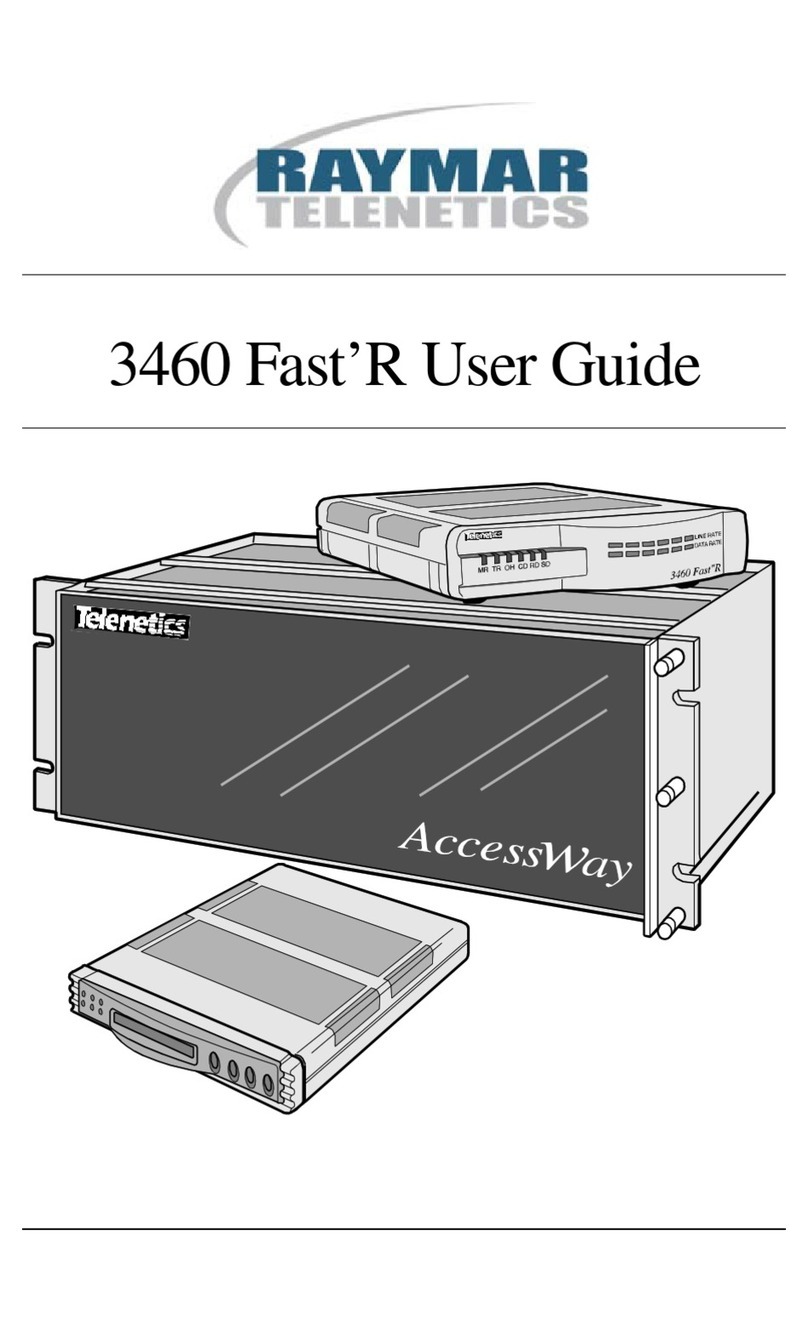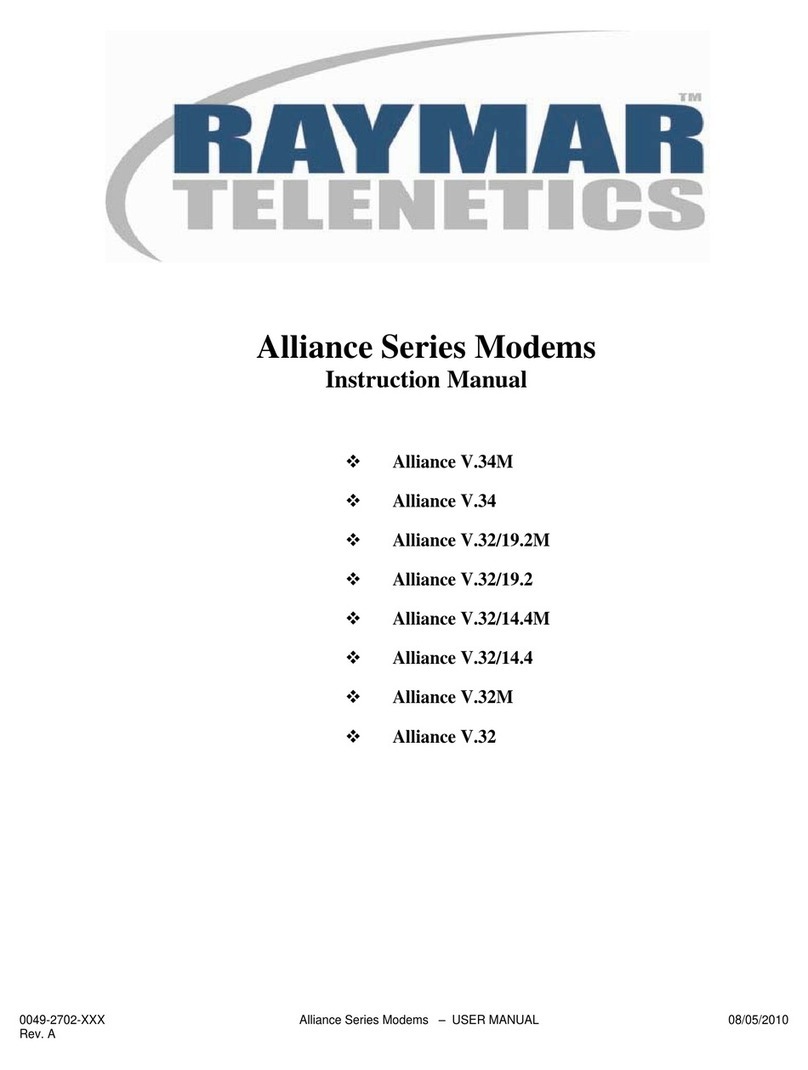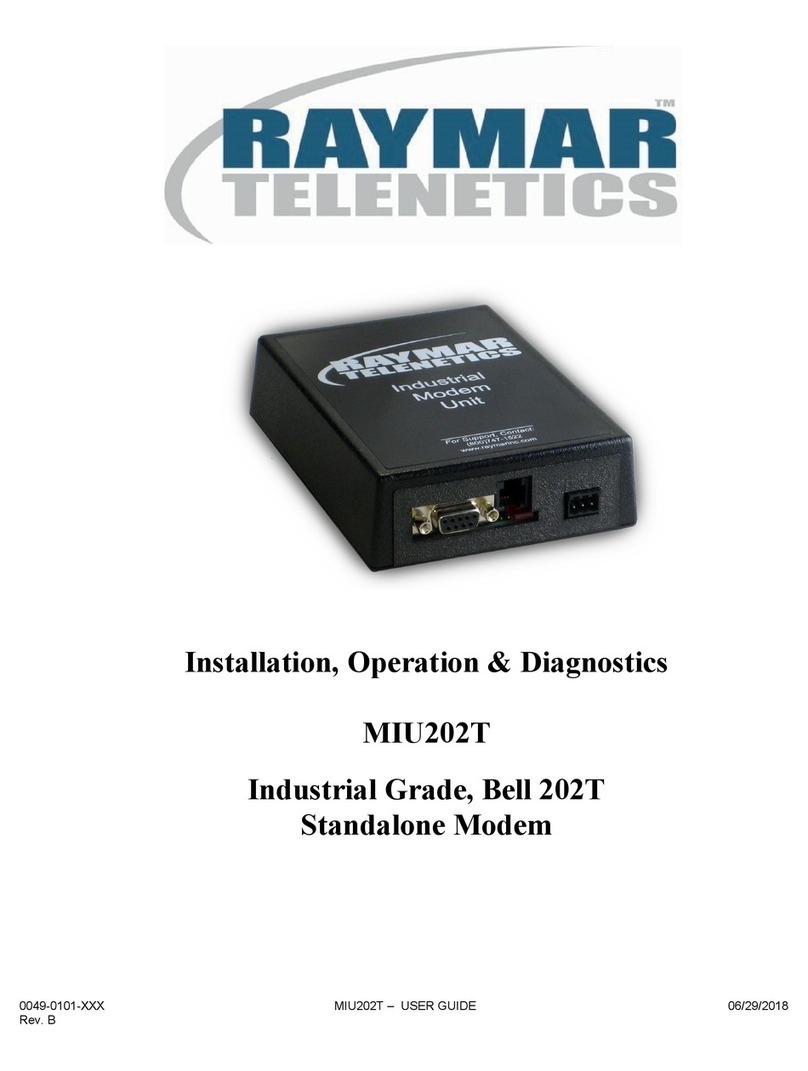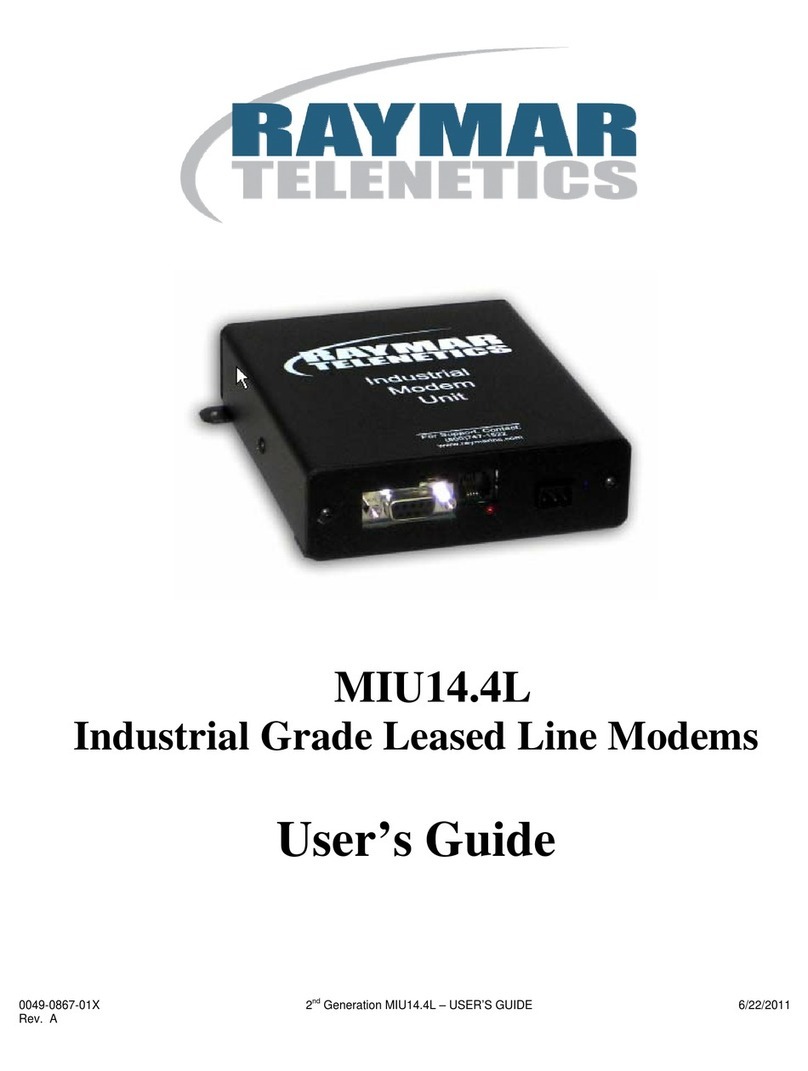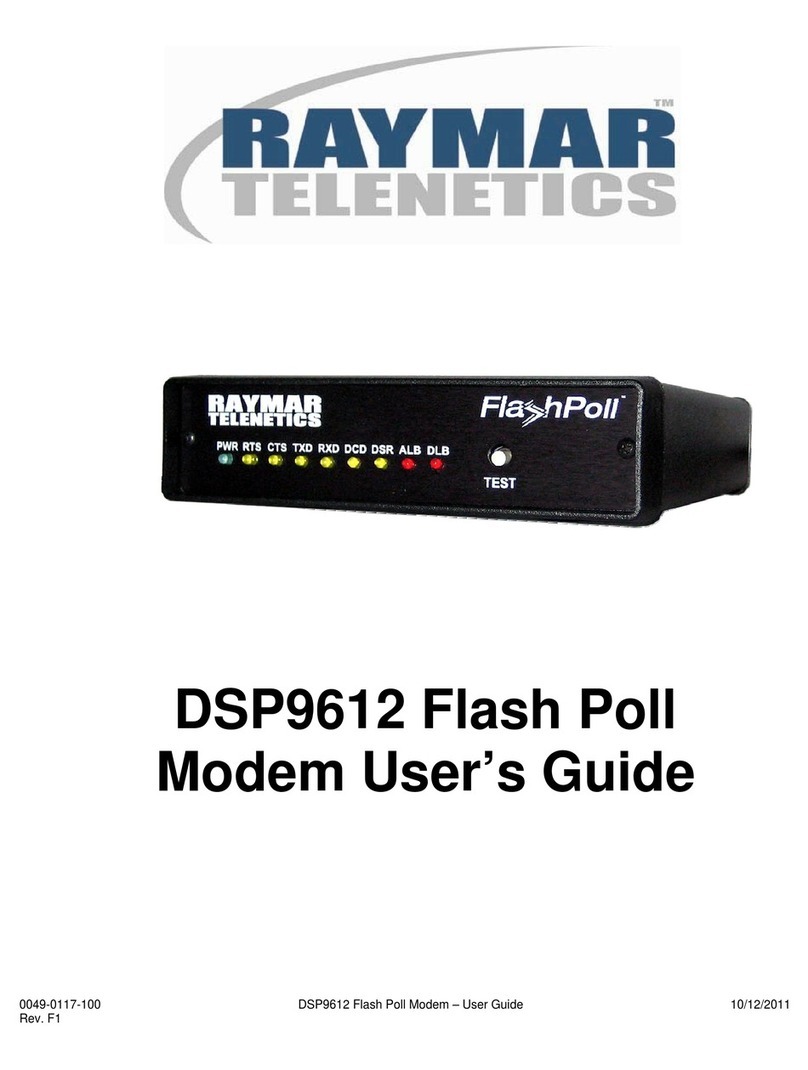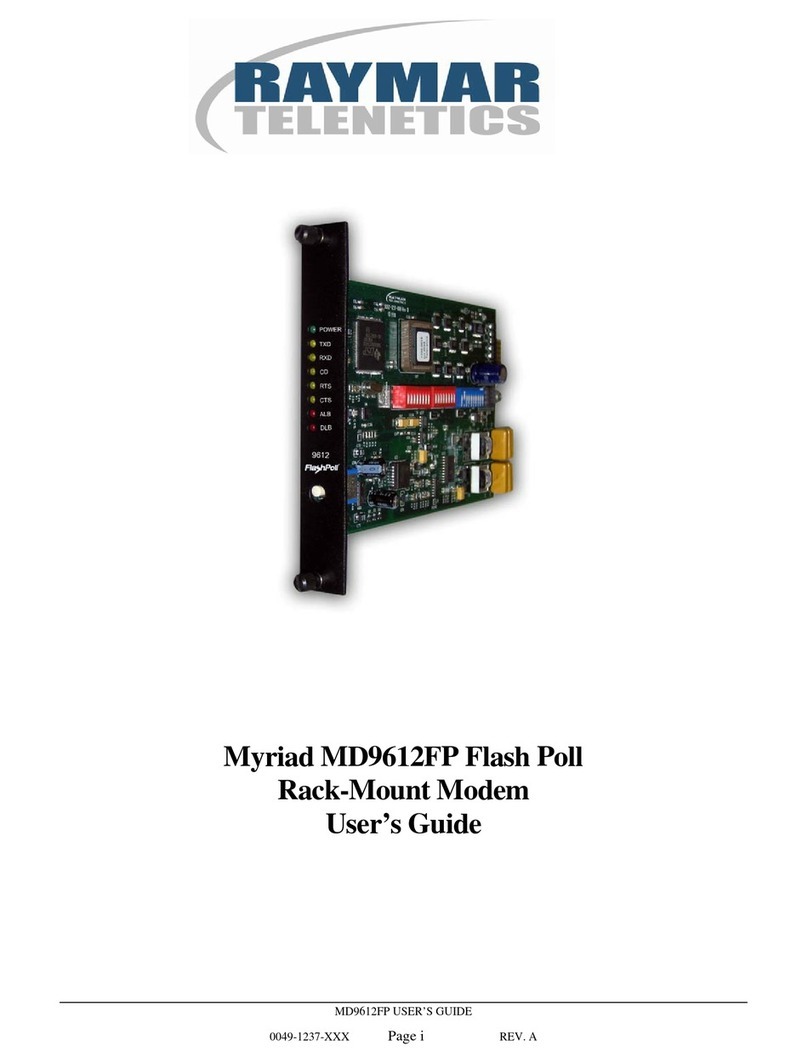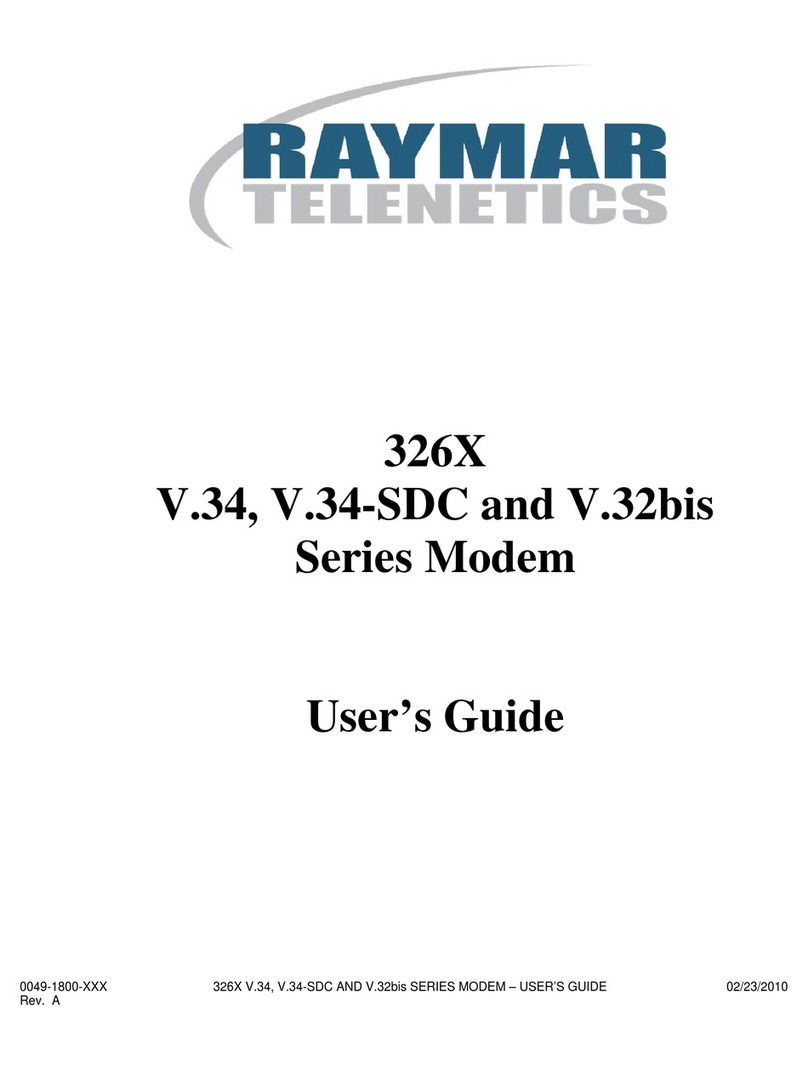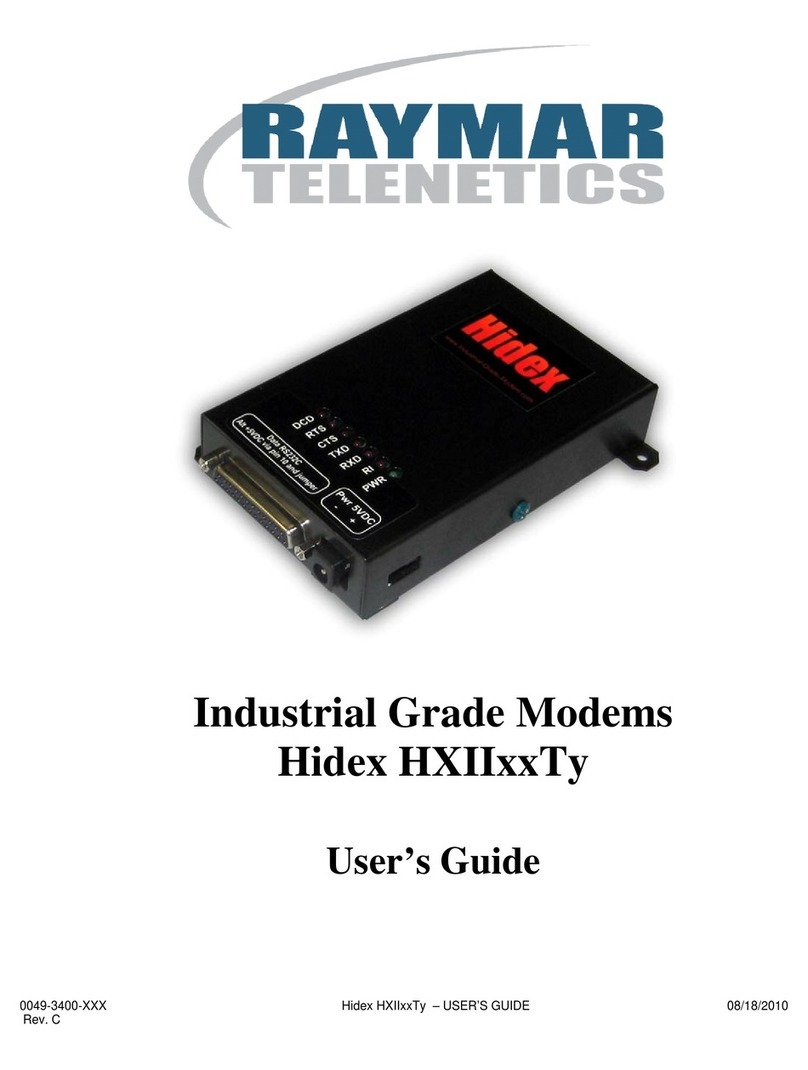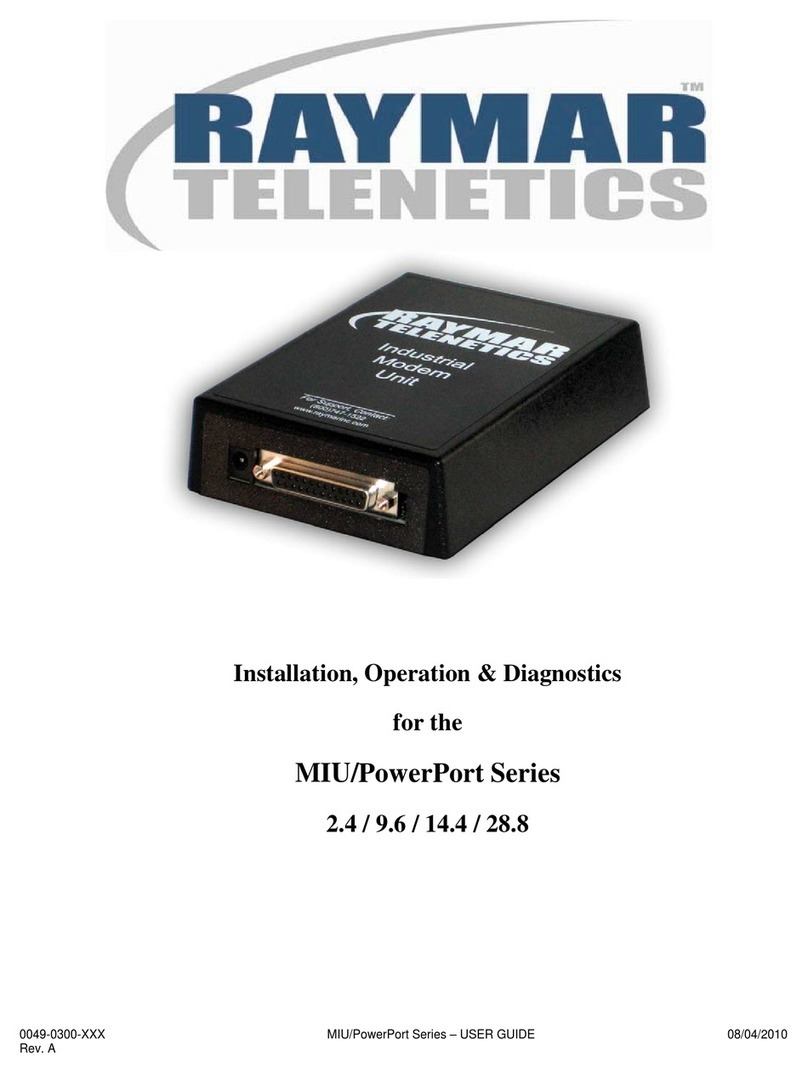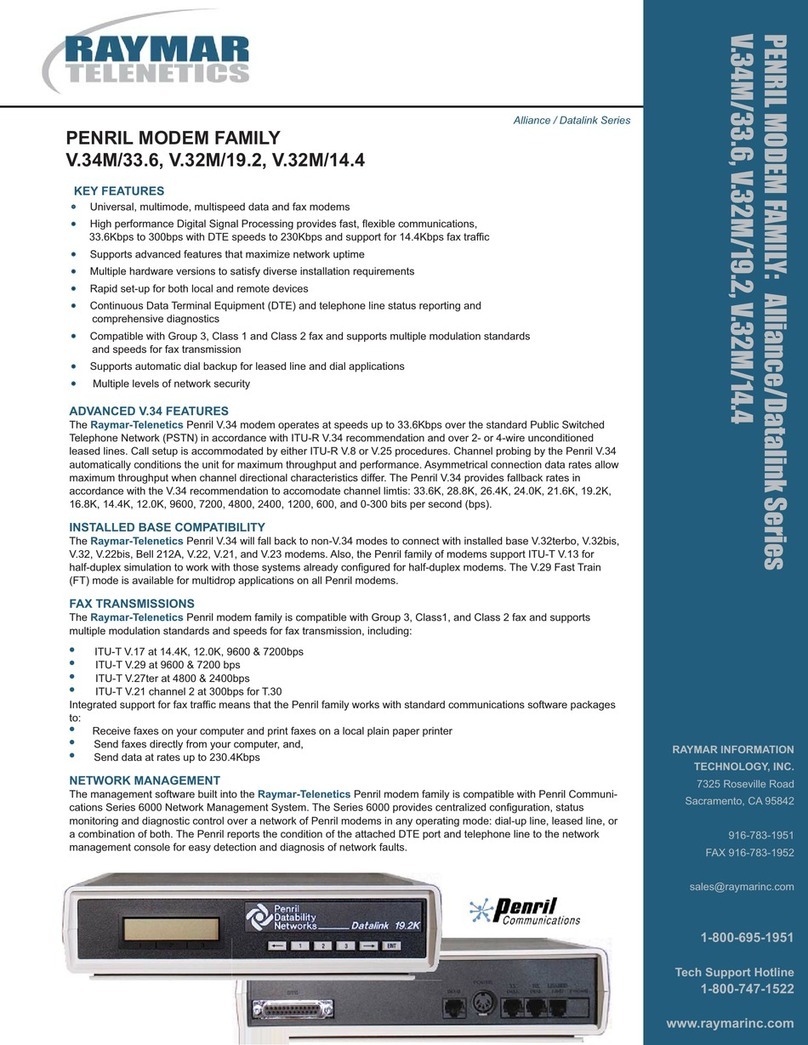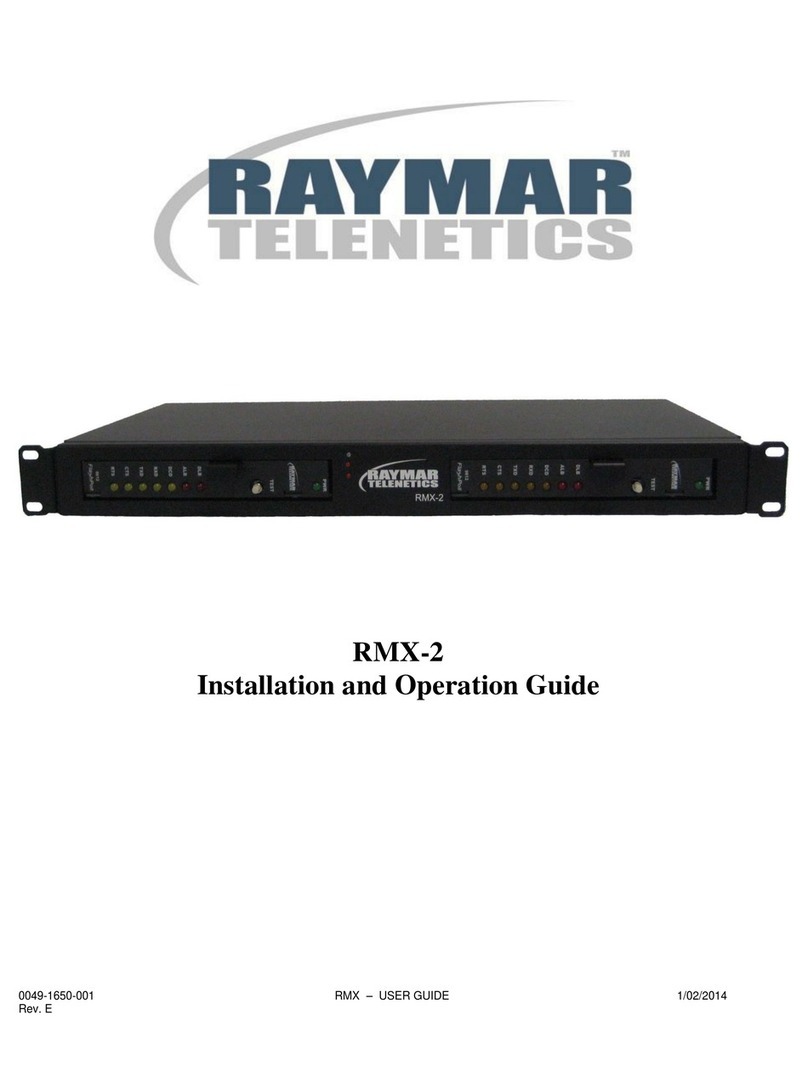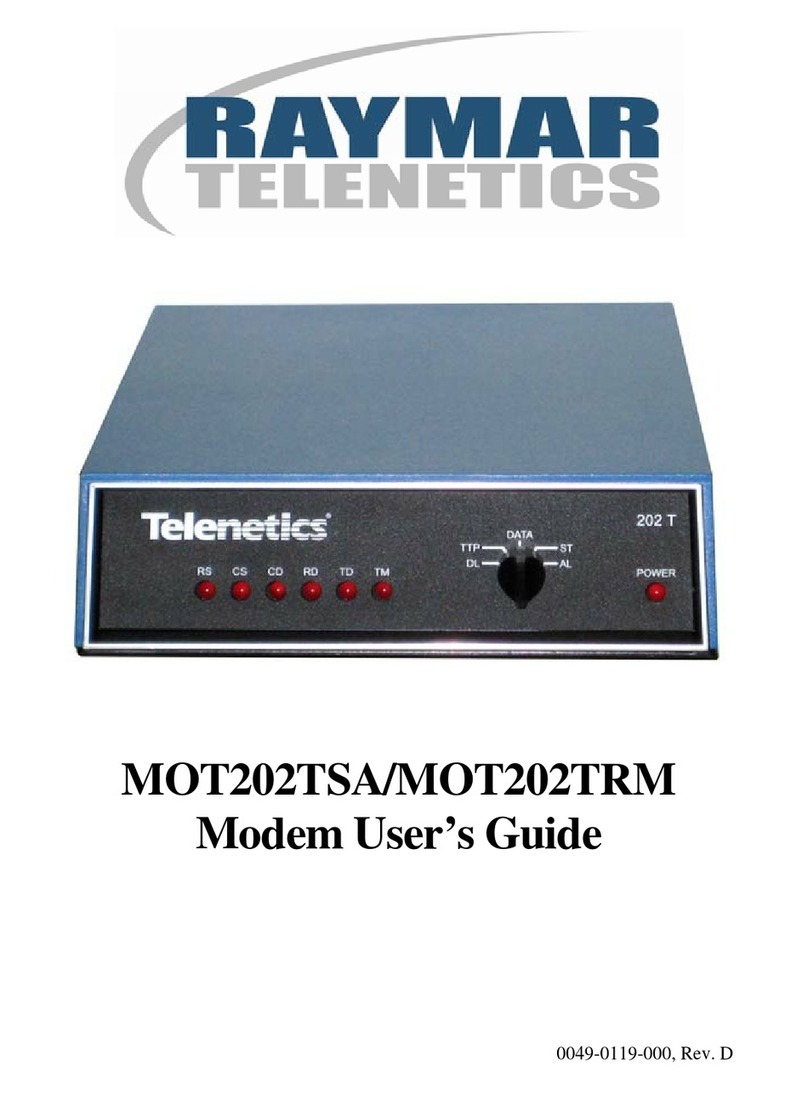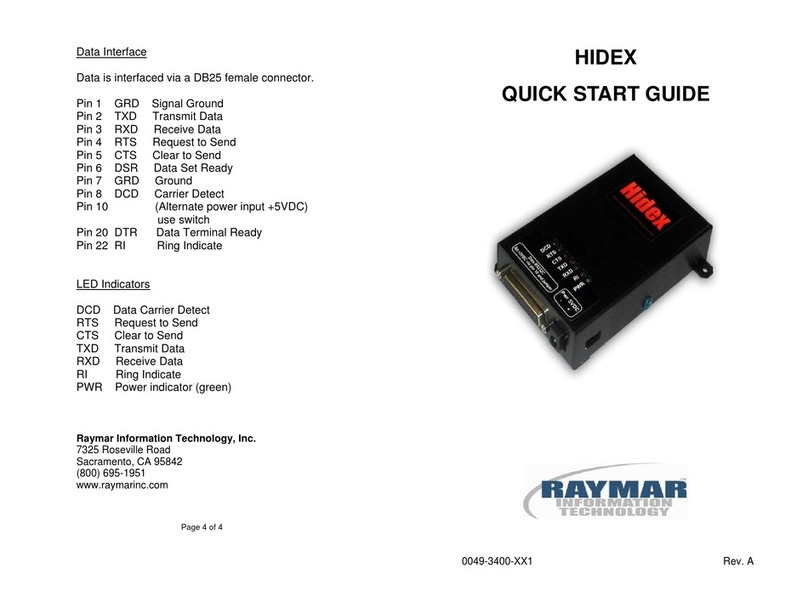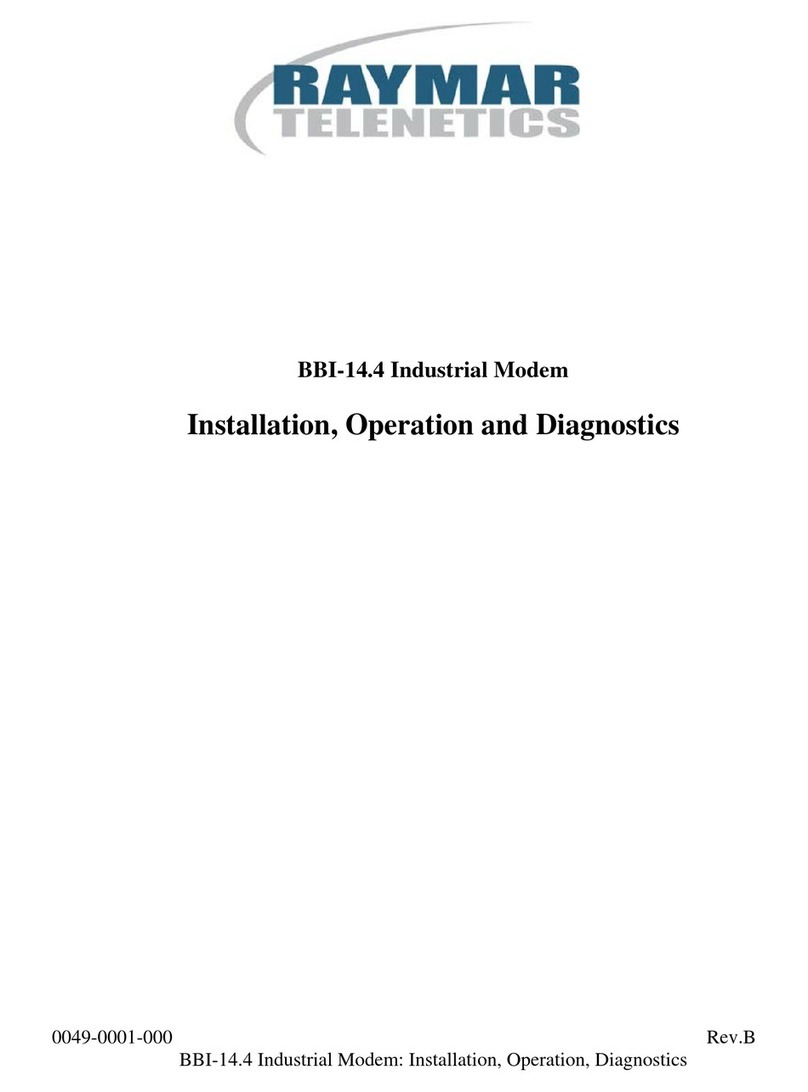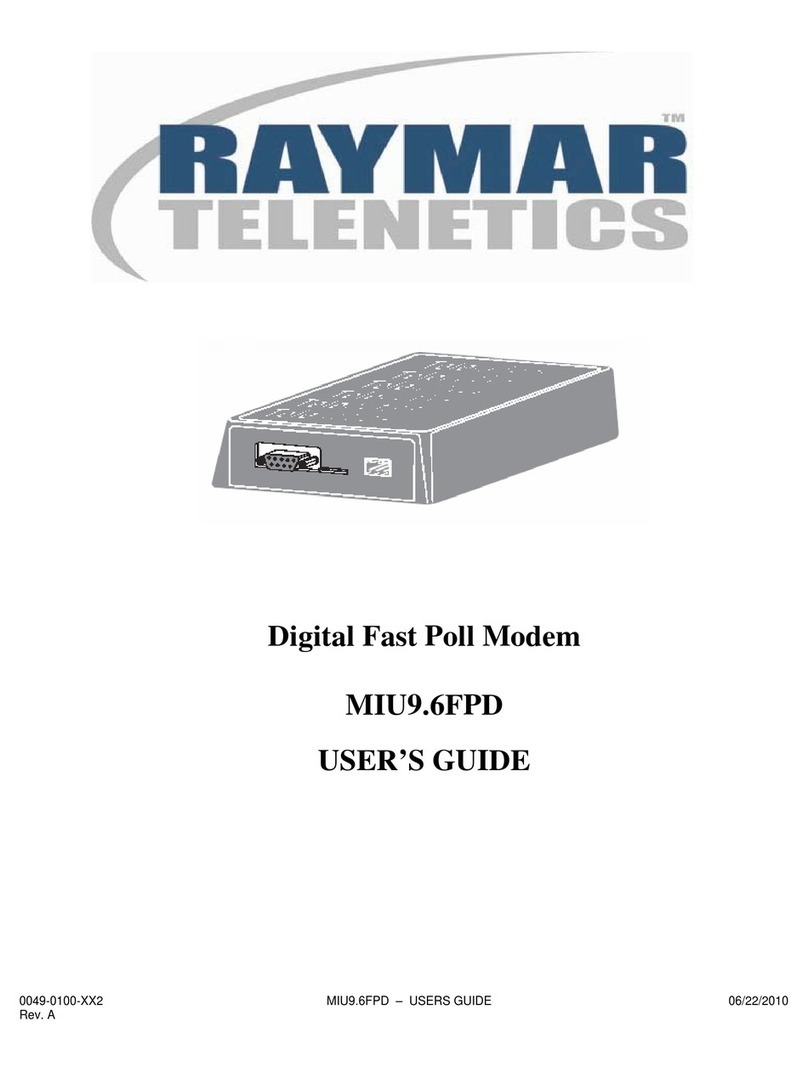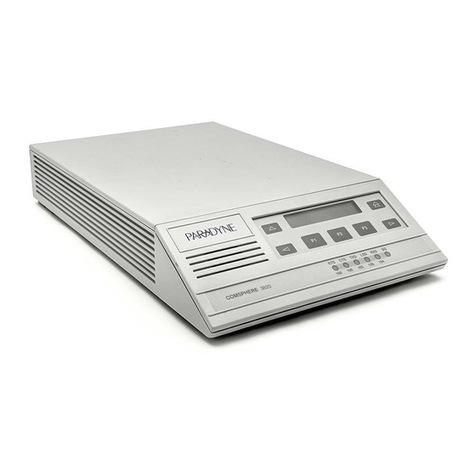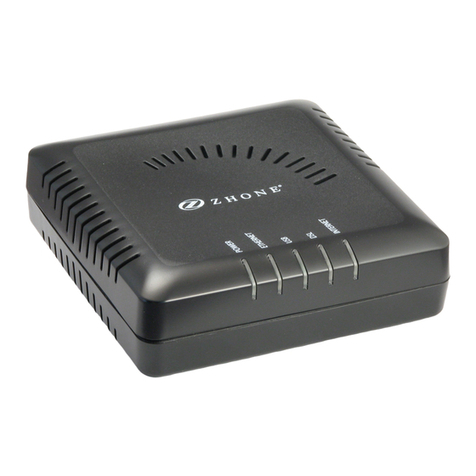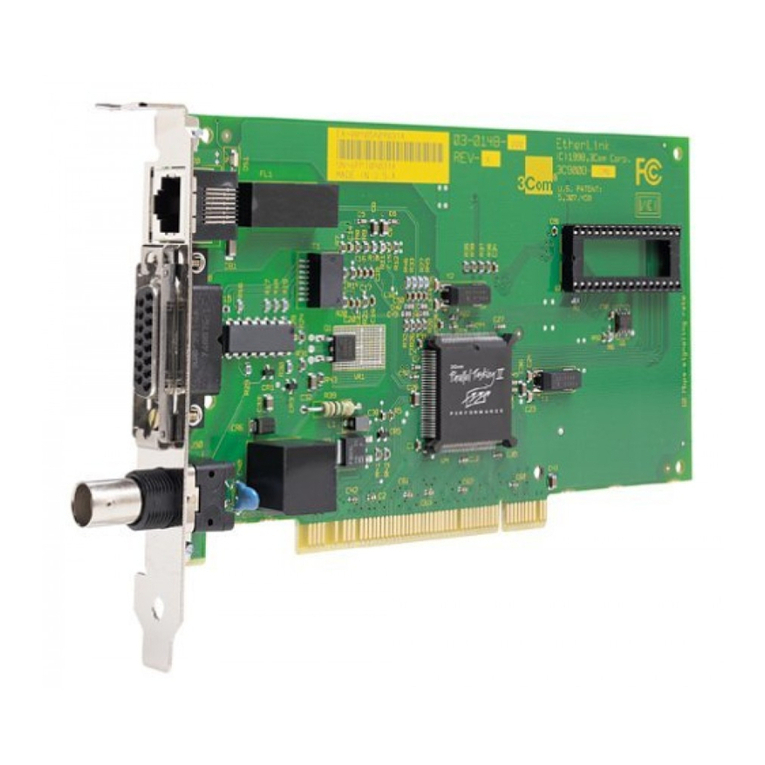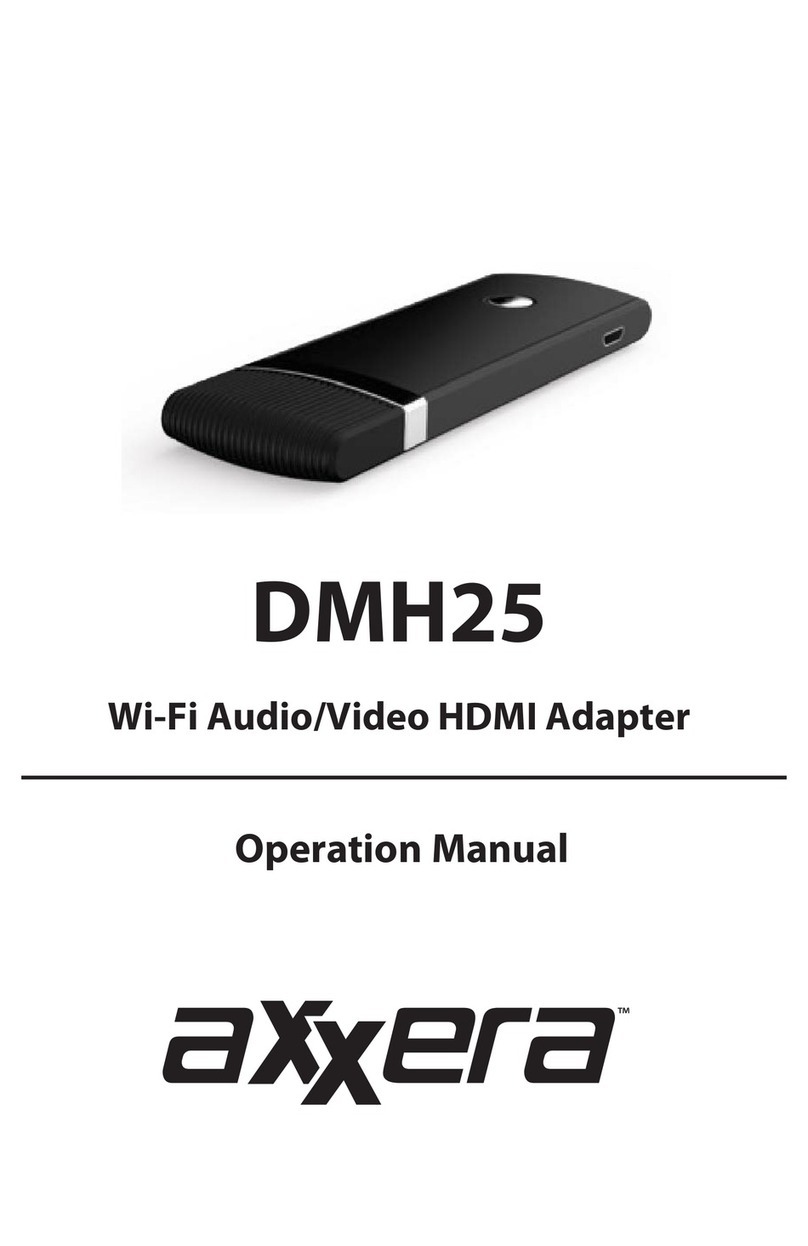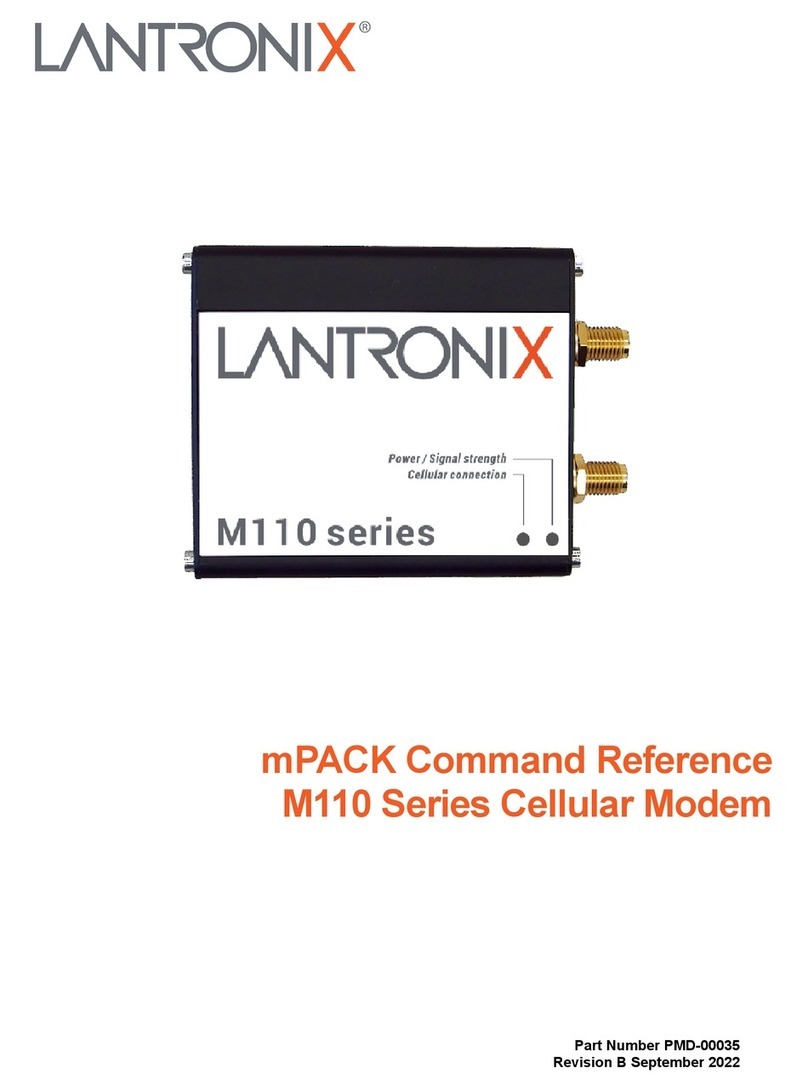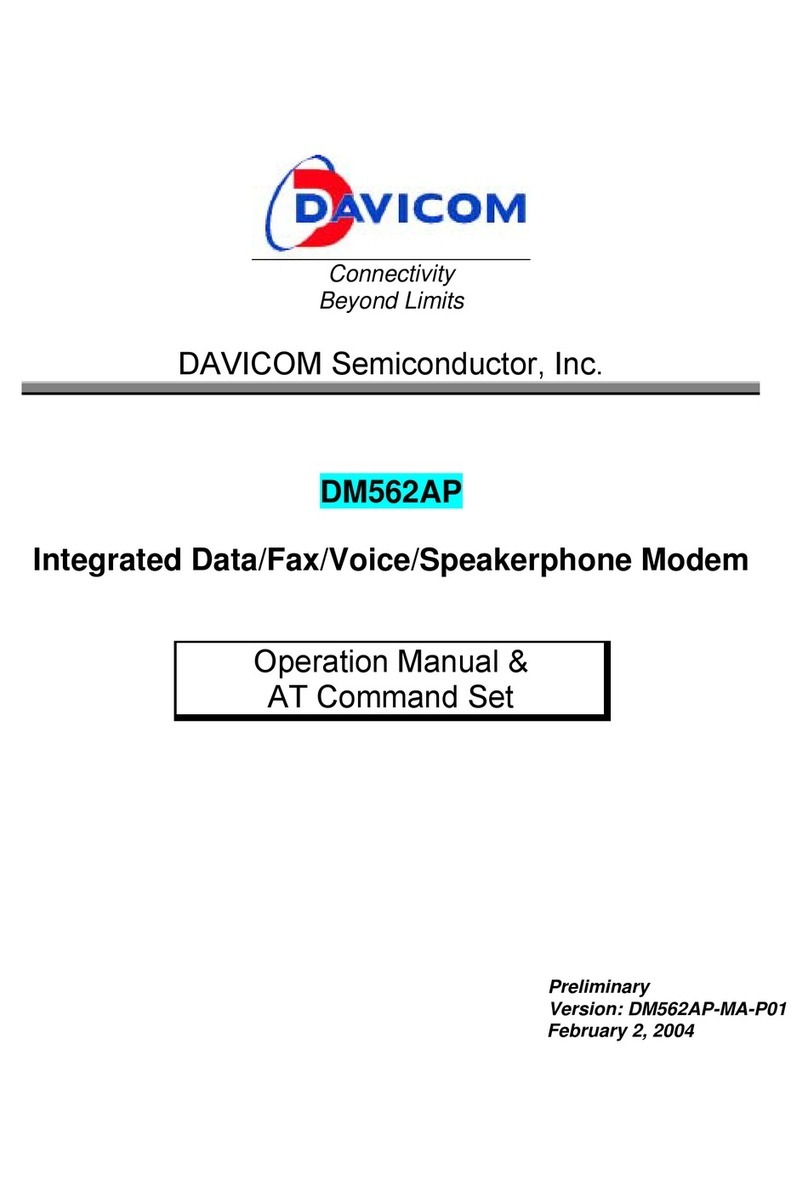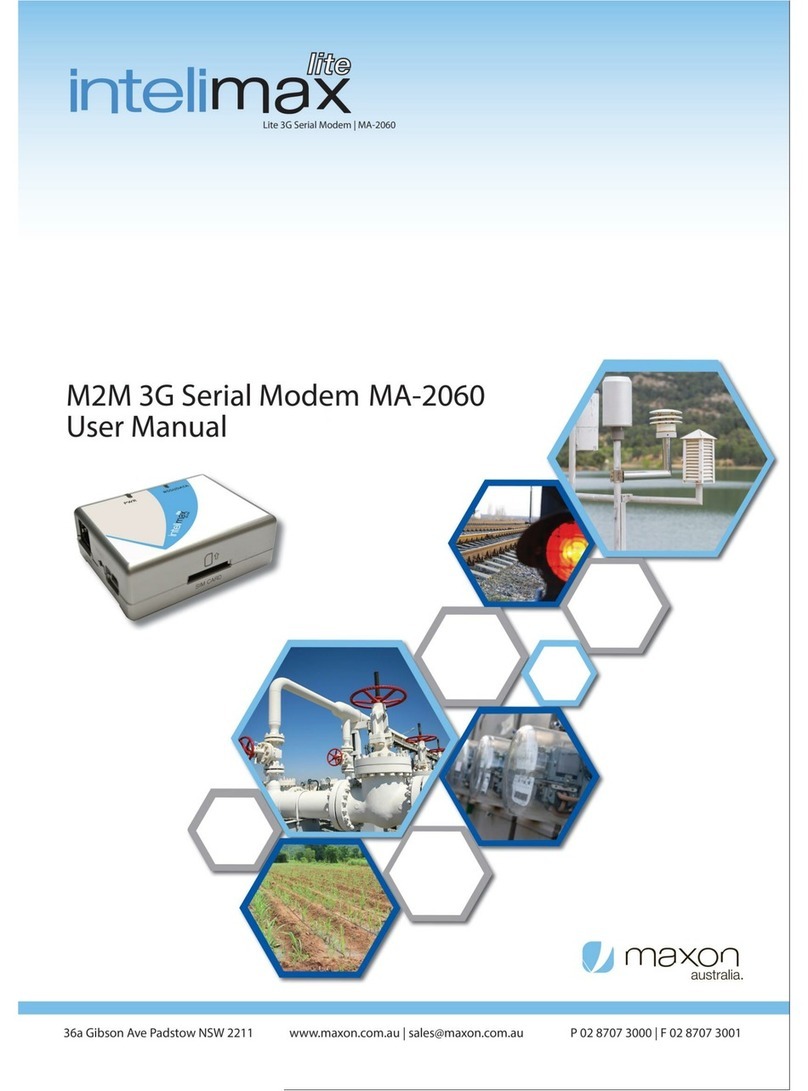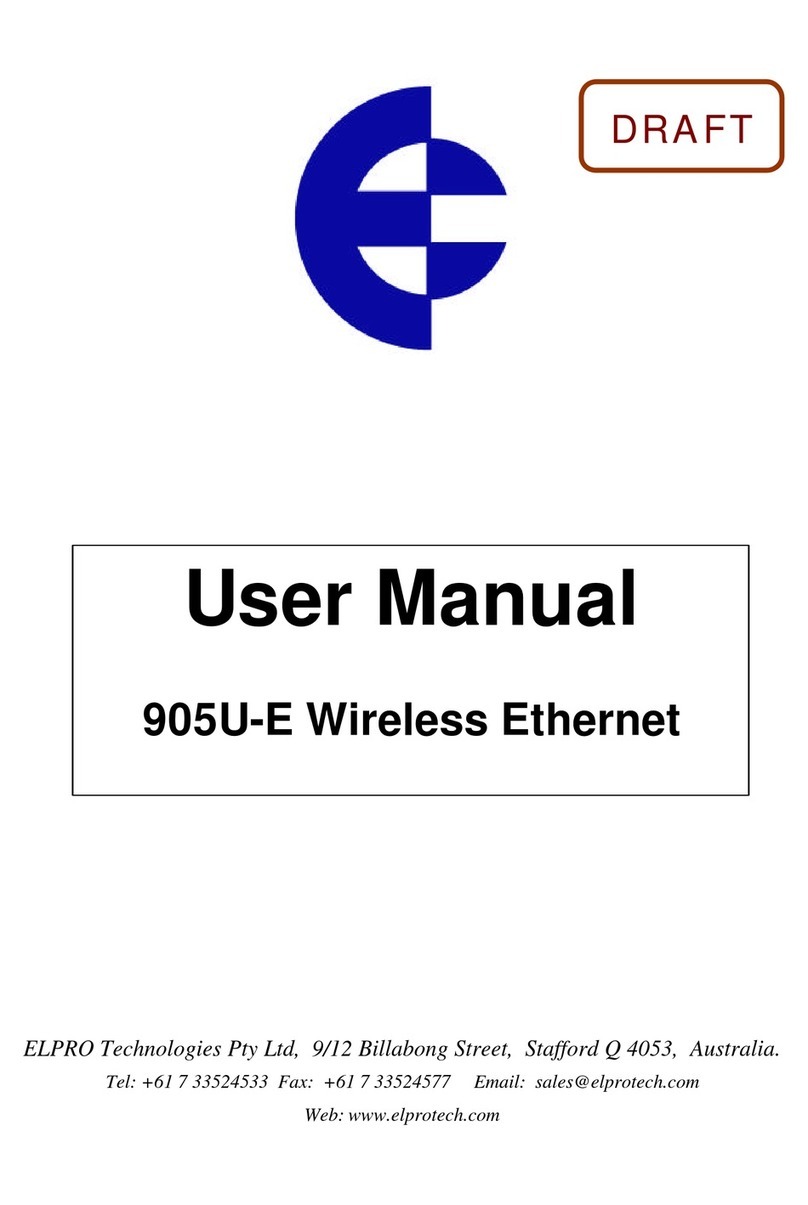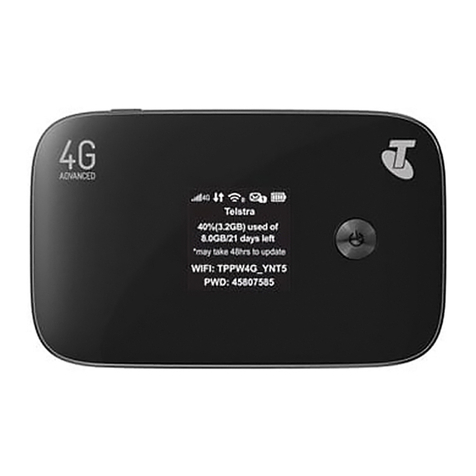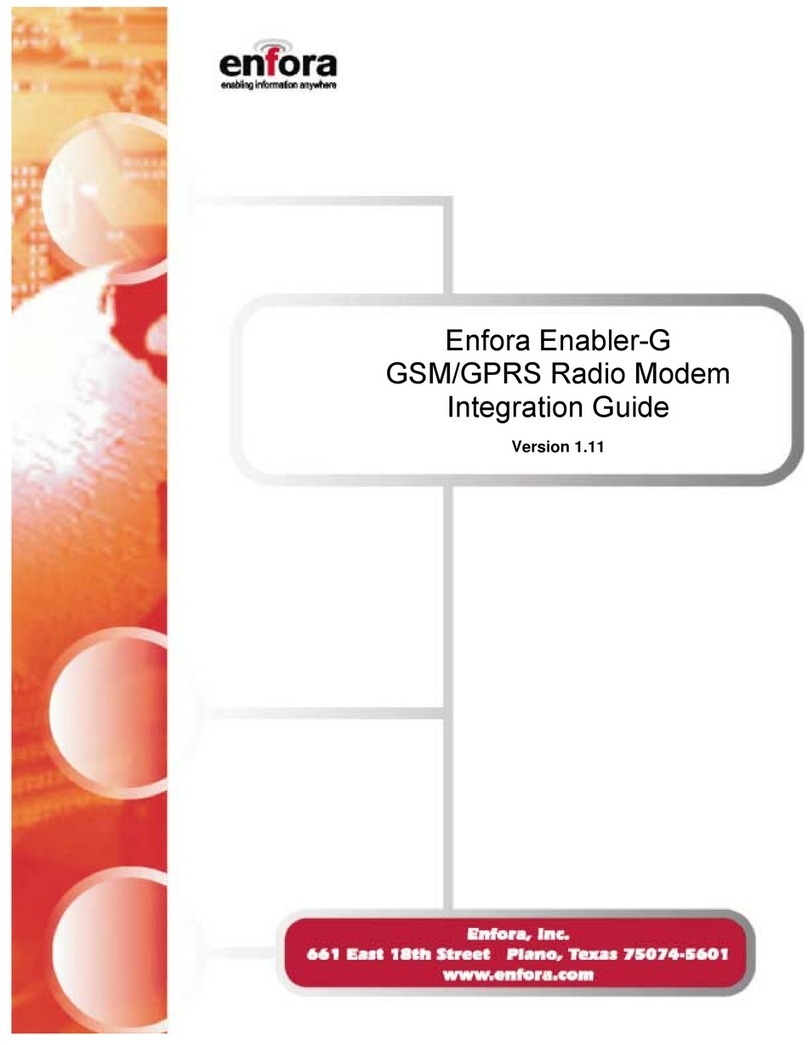
DSP9612RM USER’S GUIDE
0049-0519-000 Page iii REV.D
Compliances
This device complies with Part 15A of the FCC Rules. Operation is subject to the
following two conditions: (1) this device may not cause harmful interference, and
(2) this device must accept any interference received, including interference that
may cause undesired operation.
This equipment has been tested and found to comply with the limits for a Class A
digital device, pursuant to Part 15A of the FCC Rules. These limits are designed
to provide reasonable protection against harmful interference in a residential
installation. This equipment generates, uses, and can radiate radio frequency
energy and, if not installed and used in accordance with the instructions, may
cause harmful interference to radio communications. However, there is no
guarantee that interference will not occur in a particular installation. If this
equipment does cause harmful interference to radio or television reception, which
can be determined by turning the equipment off and on, the user is encouraged to
try to correct the interference by one or more of the following measures:
Reorient or relocate the receiving antenna.
Increase the separation between the equipment and the receiver.
Connect the equipment to an outlet on a circuit other than the one to which
the receiver is connected.
Consult the dealer or an experienced radio/TV technician for help.
If none of these actions resolves the problem, consult your distributor or an
experienced radio/television technician for additional suggestions.
Additionally, Section 15.838, paragraph d), of the FCC Rules and Regulations
states: “Where special accessories, such as shielded cables, are required in order
to meet FCC regulations, shielded cables must be used with this equipment.
Operation with non-approved equipment or unshielded cables is likely to result in
interference to radio and TV reception. The user is cautioned that changes and
modifications to this equipment without the approval of the manufacturer could
void the user’s authority to operate this equipment.
